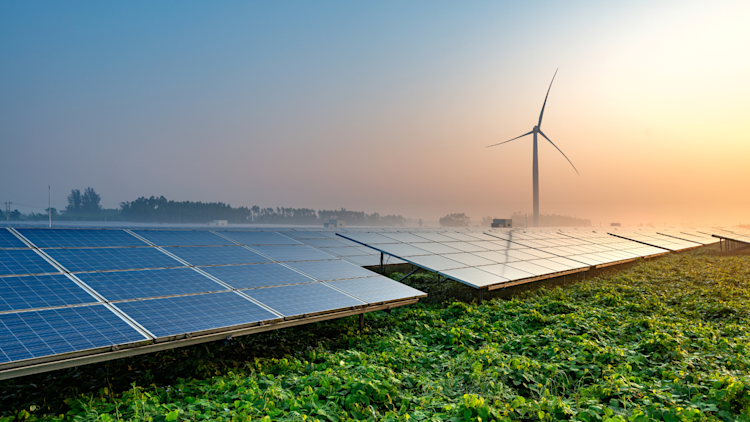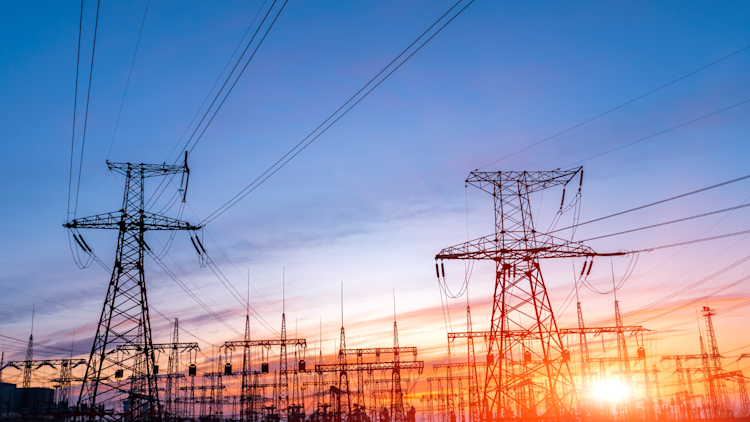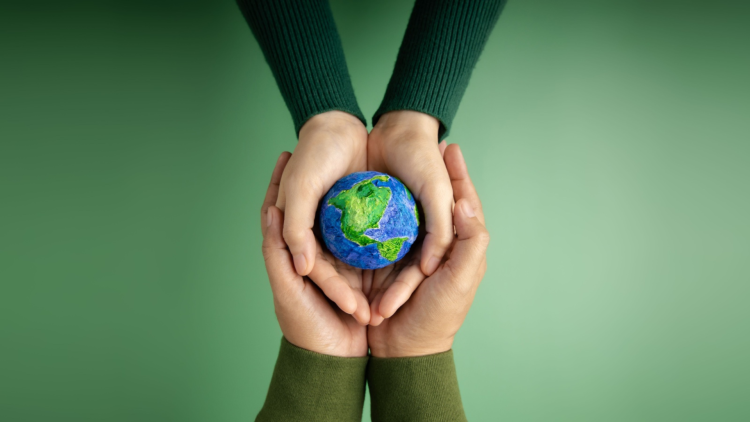Top 10 Reasons to Have Hope For the Future in 2022
For the second year in a row, we look beyond the negative headlines to focus on the many reasons for hope we can overcome climate change.
by ecobee on 01/07/2022 in Better Planet
12 min read

We believe there are reasons to hope that we can meet the challenges of climate change. For the second year in a row, we invite you to look beyond the negative headlines to uncover the top ten reasons for hope that a bright future is within our grasp.
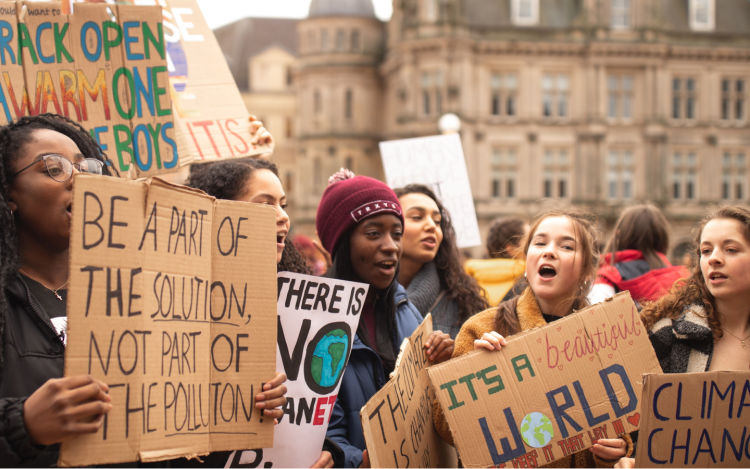
10) Our youth are leading the charge.
Tens of thousands of activists descended on Glasgow for the United Nations global climate summit (COP26) in November 2021 to call upon leaders to take the drastic steps necessary to fight climate change. The majority of them were young people.
“Each of us as individuals have the power to make change, so climate action is something each of us can do to build a healthier planet and society. Increasingly, we are witnessing our youth emerge as climate champions,” said Stuart Lombard, ecobee founder and CEO.
In many cases, young people are a source of knowledge and education for older generations who attended school before climate science was on the curriculum. As climate change “influencers,” some young people are using the social media platforms they have grown up with like Instagram and TikTok to amplify a planet-positive message.
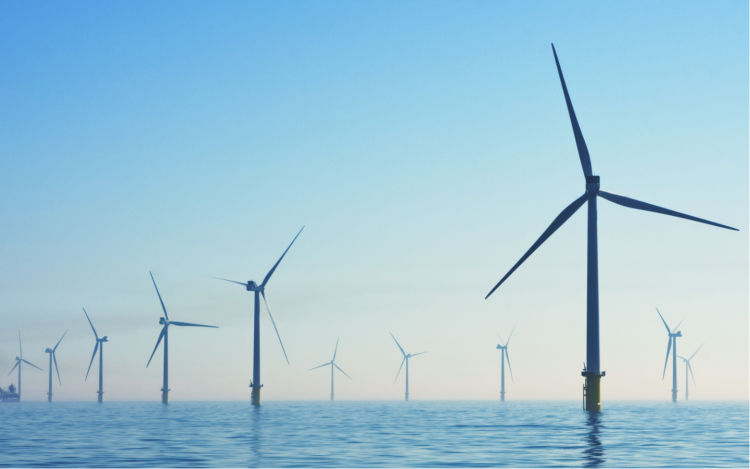
9) 2021 marked a historic shift in global energy investment.
A dollar spent on solar or wind today results in four times more electricity than a dollar spent on those same technologies a decade ago.1
Plummeting costs and increased efficiency mean renewables dominated new power generation for the second year in a row. The International Energy Agency (IEA) estimated that by the end of 2021, 70% of all capital investment in new power generation would be in renewable projects.1
While this level of investment in renewable projects is impressive and definitely a step in the right direction, the IEA says even more investment is needed to keep global warming in check. The good news is that investment in renewable projects is expected to grow significantly over the coming decade.
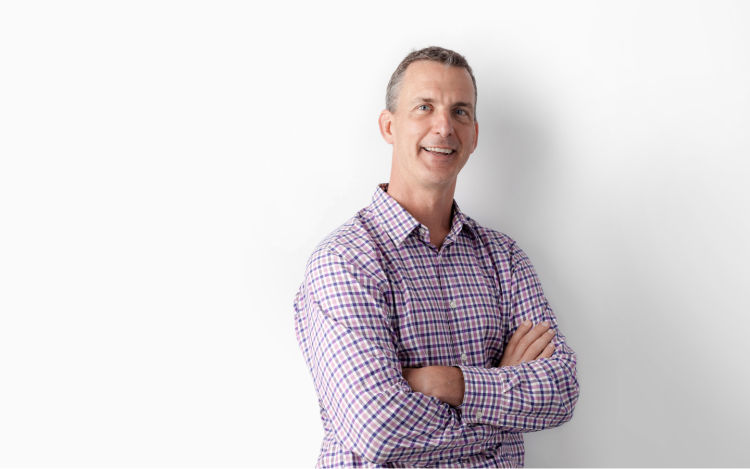
8) In six years, we have shaved one degree off end-of-century global warming estimates.
Six years ago at the United Nations global climate summit in Paris, COP21, scientists estimated that if climate change went unchecked, we were facing a catastrophic 4°C of warming above pre-industrial levels by 2100.2
On the eve of the latest climate summit, COP26, the UN Environment Programme released a report that puts humanity on a path to 2.7°C warming by 2100 if nations stick to their emissions promises.
Shaving 1.3 degrees off of the end-of-century projection still puts us outside the 1.5°C warming limit that scientists say is needed to avoid the worst consequences of global warming.3 While some may see this as a failure, Lombard sees it as a sign of progress.
“Mathematically, 2.7°C represents a 30% reduction—a significant improvement. But I also think we’re just getting started,” said Lombard, noting that many of the technologies and initiatives driving progress have happened in the last six years and will continue to accelerate in the coming years.

7) The power of international agreements.
The goal of the “Paris Agreement”, an international treaty adopted by 196 countries in 2015, is to limit temperature rise to well below 2°C. Under the agreement, each country determines and reports on its climate plan and makes progressively more ambitious CO2 reduction goals every five years.
When it comes to climate action, Derek May, senior project manager at Pollution Probe, says talk is cheap. But, May says, greenhouse gas reduction targets at the national and international levels are essential, even if, as is the case with the Paris Agreement, they are non-binding.
“National targets send signals to the private sector that governments are serious about decarbonization. They let companies know that cleaning up their operations will ultimately be good for business and provide them with the justification to launch sustainability and energy conservation initiatives,” said May.
Even more impactfully, May says that national targets let everybody know that transitions to sustainable societies are inevitable and critical to maintaining and enhancing standards of living around the globe.
A handful of larger economies, namely the United States, China, India, Brazil, and the European Union, have an outsized influence on whether we limit warming to 1.5°C. Each faces its unique set of challenges in acting on climate change. But there is hope in knowing that if a few powerful nations can agree to get their climate change houses in order, there will be a tremendously positive impact far beyond them.
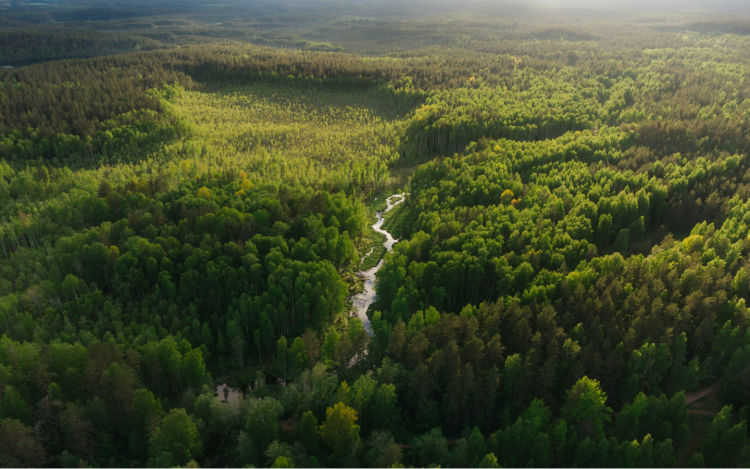
6) New rules enforce transparency for carbon markets.
Carbon credits allow a carbon emitter like an airline to offset its CO2 emissions by buying the equivalent carbon sucked out of the atmosphere by, say, a rainforest.
Lombard says that the rule changes for carbon markets fleshed out at COP26 will be one of the more enduring legacies of the latest climate summit. In one major move, the Glasgow Summit closed a loophole that had allowed both sellers and buyers to burnish their climate credentials by claiming the same reduction.4
“Now that we have enhanced rules for valuing and trading carbon credits, I think we will see the carbon credit market really take off,” said Lombard.
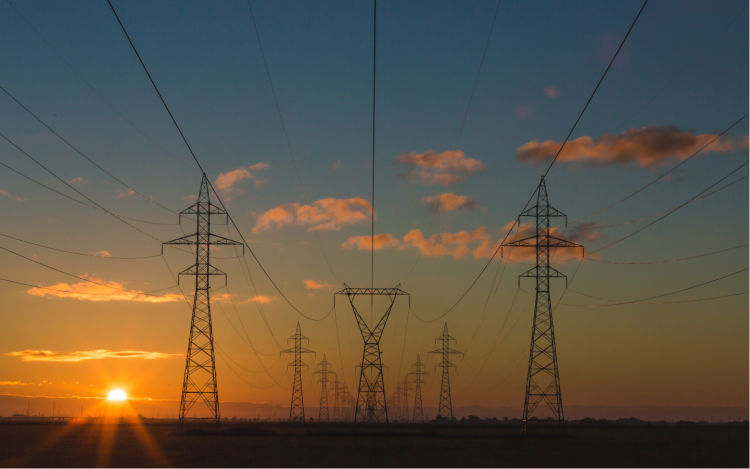
5) We are making strides toward the energy-efficient grid of the future.
Over the past decade, the amount of renewable energy (e.g., wind and solar) on global electricity grids grew exponentially. In the coming years, that trend will accelerate by leaps and bounds. But as more and more renewable sources of power come online, the grid must evolve to become smarter, more adaptable, and more resilient.
“Due to more solar and wind, we are now seeing electricity prices go negative for parts of the day in many jurisdictions—meaning that the cleanest power is also the cheapest power,” said Lombard.
ecobee has made substantial investments in our core software to help bring about the smart grid of tomorrow. Our smart thermostats can make intelligent energy choices and maximize the use of cleaner forms of energy by heating and cooling the home when power is both less expensive and cleaner.
In addition, ecobee thermostats help power providers ease pressure on the grid during heatwaves or cold snaps. When a homeowner enrolls in the Community Energy Savings feature, their ecobee thermostat automatically makes slight temperature adjustments at times when demand peaks to help reduce the risk of system-wide power outages.
What’s coming next is even more exciting. ecobee was acquired by Generac on Dec. 1, 2021. As a market leader in smart grid technologies, Generac shares our vision for the net-zero homes of the future and is a leading manufacturer of backup generators and battery storage devices for rooftop solar systems.
Generac is plotting a path to the net-zero home of the future, and we will be an important part of enabling that.
“Now that ecobee is part of Generac, one of the most exciting areas of focus will be programming ecobee thermostats to make better use of the electricity produced by Generac backup generators and home solar energy systems,” said Greg Fyke, ecobee’s chief product officer.
“Our thermostats and sensors detect occupancy. We can use that context to adjust the temperature for energy savings or comfort accordingly. In the event of a grid-scale outage where you’re totally reliant on your generator or solar system, we can extend the amount of time when you’re actually protected by backup power,” said Fyke.
Fyke is heartened to see the efforts of net-zero-driven companies like ecobee and Generac backed by government action but cautions that more action is needed.
The U.S. Infrastructure Bill, which unlocked $73 billion to modernize the country’s electricity grid to handle more renewable energy and includes billions more for climate resiliency, points to evidence of progress.
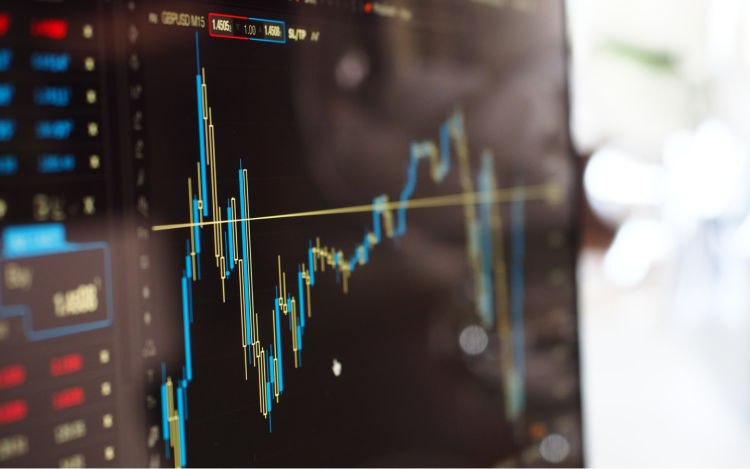
4) Clean tech is an investor’s dream.
Ten years ago, the clean energy market was considered a novelty or niche market. But all that is changing. According to the IEA, clean energy companies are an increasingly great investment, outperforming fossil fuel companies and the market in general in recent years and with lower volatility.5
Changing perceptions aren’t just being driven by the iron-clad science of climate change or public pressure—but also by the sheer force of economics.
The world has changed so much that you now have the CEOs of the world’s largest oil companies standing up and pledging to be net zero by 2050.
As the world transitions to a low-carbon future, oil and gas producers face dwindling demand for their products. And they are themselves diversifying into more clean energy investments to meet the demands of a new generation of activist shareholders and in response to historic courtroom defeats.
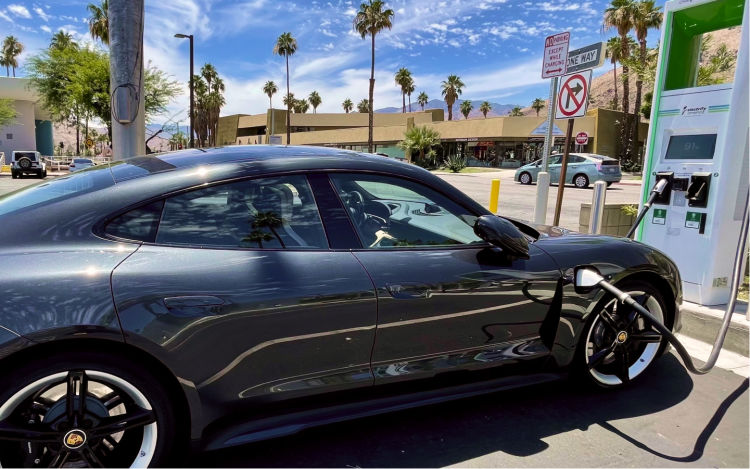
3) The world is all-in on electric vehicles.
In 2021, electric vehicle (EV) sales continued to surge, making up over 7 percent of global car sales in the first half of the year. That’s up from 2.6 percent in 2019 and 4.3 percent in 2020.6
China is the world’s largest EV market, with 1.1 million EVs sold in the first half of 2021 or 12 percent of national auto sales.7 Norway, where the market is being driven by incentives that make purchasing an EV the affordable and convenient choice, is by far the global leader in EV adoption. Remarkably, a recent Norwegian Automobile Federation report says Norway is on pace to see its last new fossil-fuel-powered passenger vehicle sold as early as April 2022.
Pollution Probe’s May says the transition from a gasoline-powered global car fleet to one powered by electricity can’t happen soon enough.
“Reducing the use of fossil fuels is the number one thing people can do to limit their carbon footprint. While EVs aren’t a climate panacea, their environmental performance is significantly better than internal combustion engine vehicles. And this is true even in regions that have electricity grids that rely on fossil fuels,” said May.
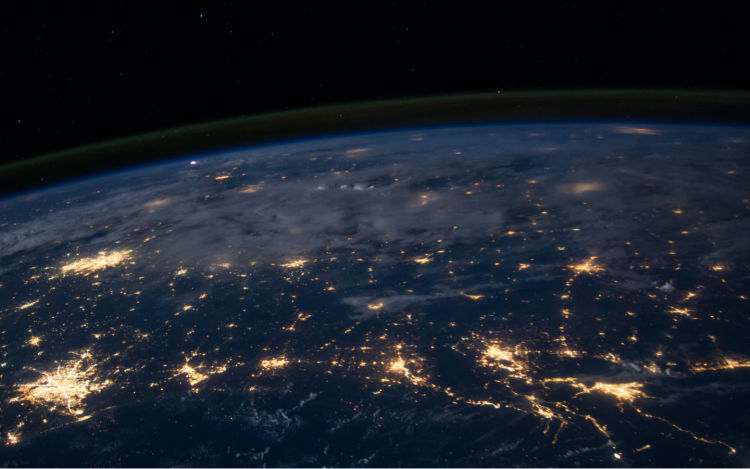
2) The promise and peril of geoengineering.
There may be alternate methods we can use to buy us a little bit of time as we transition off of fossil fuels.
Geoengineering, or climate engineering, is the deliberate attempt to influence the earth’s climate to counteract climate change. Not long ago such ideas were regarded as taboo by scientists.
Researchers are now focused on two geoengineering technologies: building machines that suck carbon out of the air and flying aircraft into the stratosphere to spray aerosols that will reflect more sunlight (i.e., heat) away from earth.
David Keith, a professor of applied physics and public policy at Harvard University, says that the former is a no-brainer solution, but will be challenging to implement at scale “because (all of the) carbon that has accumulated in the atmosphere since the industrial revolution must be removed by the ton.” Keith says the latter approach, solar engineering, is a band-aid solution, at best—a temporary measure that could reduce temperatures but won’t address the root of the problem, the accumulation of carbon in the atmosphere.8
Researchers are building machines that suck carbon out of the air and are thinking of ways to reflect sunlight out into space.
Despite its potential, geoengineering, particularly solar engineering, remains controversial.
May sees the promise and peril inherent in geoengineering projects but notes that humanity has a history of treating the Earth’s major systems and cycles as a “living laboratory.”
"We've essentially been doing this since the dawn of the Industrial Revolution. A high degree of caution is essential in any geoengineering endeavor, but action on this scale may be required to address the greatest impacts of climate change," said May.
The best geoengineering projects will protect and restore the Earth’s ecosystems. It was encouraging to see more than 100 world leaders at COP26 promise to end and reverse deforestation by 2030. Though a similar declaration at the 2014 UN summit on climate change in New York failed to slow deforestation, there is hope that this time will be different. More countries are signed on, including countries that didn’t participate in 2014, like Brazil, Russia, and China. And some of the announced funding will support Indigenous communities, which, studies have shown, is one of the best ways to save and protect forests.9

1) The necessity of hope.
Given the climate change challenge we face, it would be easy to feel discouraged and think your voice is too small to matter. But although no one can do everything, everyone can do something. Having hope and taking action go hand in hand, and so maintaining hope is an essential ingredient for the action needed to create a truly sustainable future.
The more noise you make, the more accountability you demand from your leaders, the more our world will change for the better.
References
1 International Energy Association. 2021 World Energy Investment Report: Executive Summary.
2 Damian Carrington, “Planet likely to warm by 4C by 2100, scientists warn.” The Guardian, Dec. 31, 2013.
3 Kate Adnett, “Explainer: What's the difference between 1.5°C and 2°C of global warming?” Reuters, Nov. 9, 2021.
4 Neil Unmack and George Hay, “Glasgow’s carbon market overhaul is only half done.” Reuters, Nov. 18, 2021.
5 International Energy Association. 2021 World Energy Investment Report: Executive Summary.
6 BloombergNEF (BNEF). Nov 10, 2021. Zero-Emission Vehicles Factbook.
7 Russell Flannery, "Global EV Sales Rose 160% In First Half, Overcoming Component Shortages And Covid – Canalys." Forbes, Aug. 29, 2021.
8 David Keith, “What’s the Least Bad Way to Cool the Planet?” The New York Times, Oct. 1, 2021.
9 Damian Carrington, “Indigenous peoples by far the best guardians of forests – UN report.” The Guardian, March 2021
Did you enjoy this article?
Thanks for letting us know!


